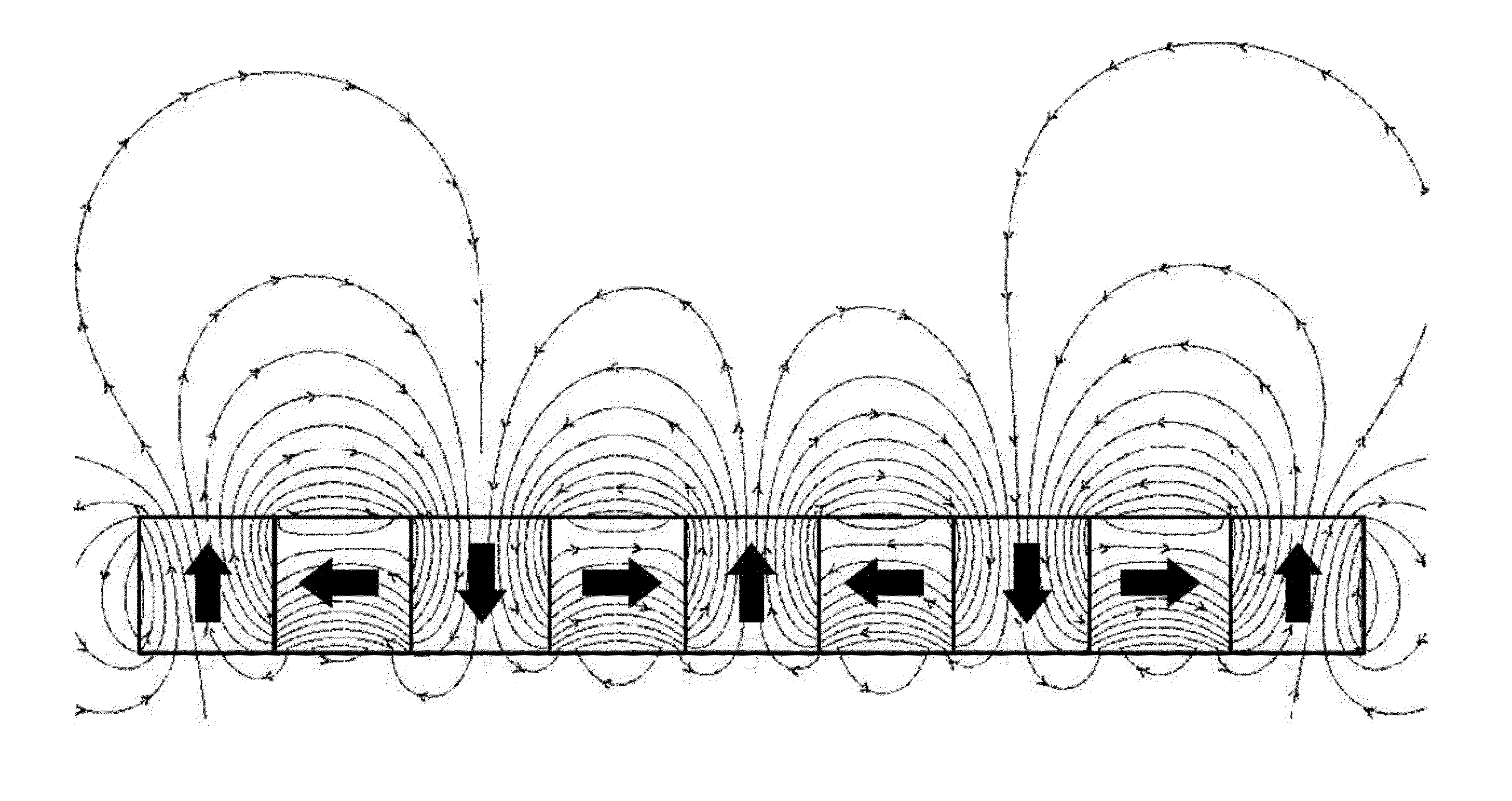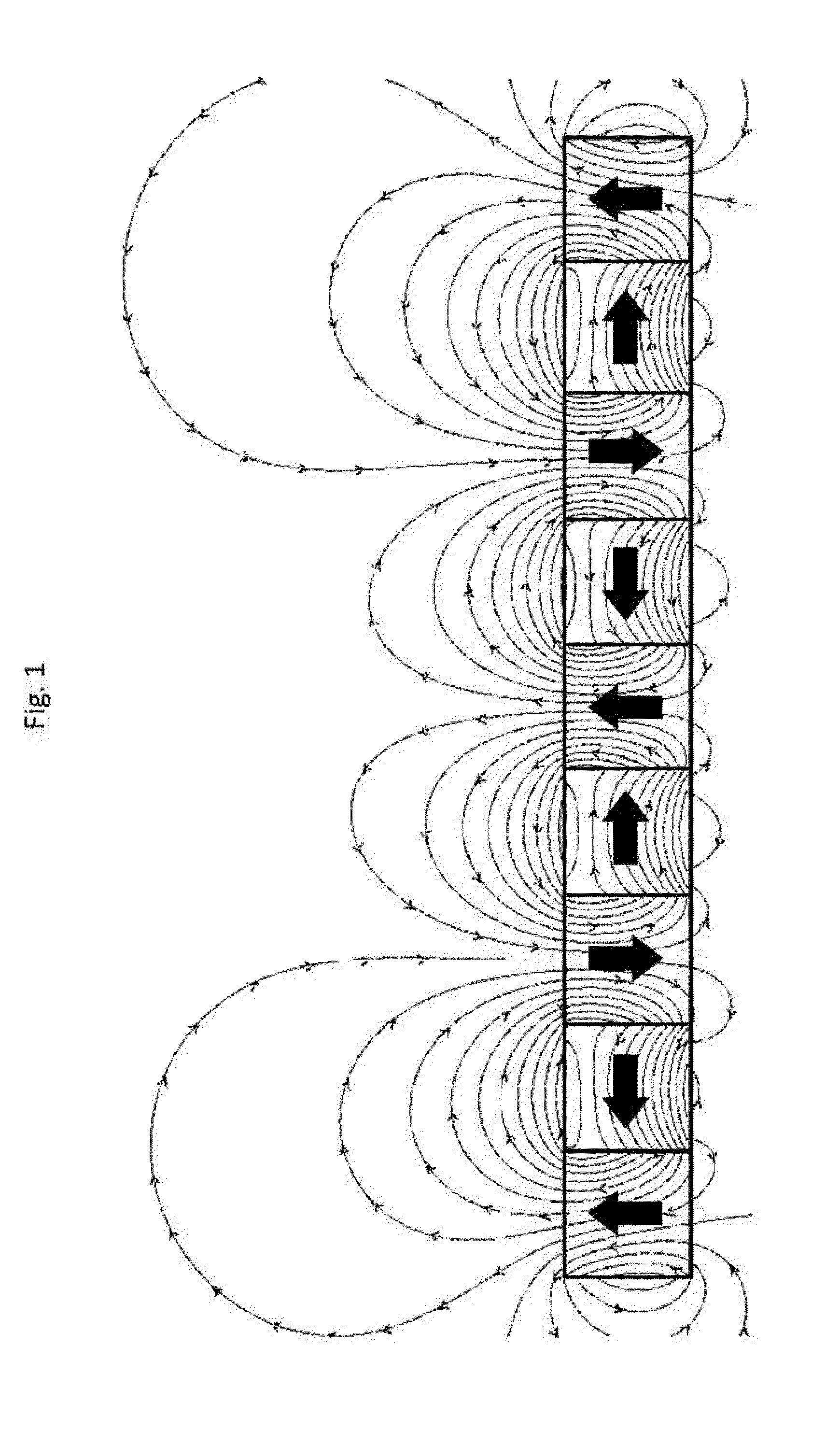Removing Cells from an Organism
a technology of cells and organisms, applied in the field of specific diseases, can solve the problems of severe side effects, inability to eliminate dace-associated diseases, and ineffective approaches, and achieve the effect of preventing the damage of desirable cells, and preventing or delaying cancer metastasis
- Summary
- Abstract
- Description
- Claims
- Application Information
AI Technical Summary
Benefits of technology
Problems solved by technology
Method used
Image
Examples
example 1
Production of fNPs
[0235]Superparamagnetic ironoxide nanoparticles containing a NH2 activation (CANdot Series M aq, ca, Hamburg, Germany) were obtained. A phycoerythrin (PE)-labeled human-EpCAM antibody (Miltenyi Bioscience, Germany, 130-091-253) was slightly reduced and linked via a SM(PEG)12 linker (Thermo-Fisher Scientific, Rockford, Ill. #22113) to the nanoparticles69. The nanoparticles are formulated in PBS suspension at a concentration of 10̂-6M to (about 1 mg / ml Fe) and purified by ultrafiltration and sterile filtration. The resulting particles have a size of 50 nm+−10 nm and show the strong fluorescence spectrum, typical for PE (FIG. 6). The particles are labeled fNP-2.
example 2
Validation of Antibodies and Cell Lines
[0236]The following cell lines were used (available from American Type Culture Collection, ATCC, Manassas, Va.):
a.MCF-7(human breast carcinoma)b.HCT-116(human colon carcinoma)c.Caco-2(human colon carcinoma)d.SEM(leukemia)
[0237]The cells were grown in a Petri plate, the growth media was removed, the cells washed twice with PBS buffer and separated by mild trypsination. About 1 million and 3 million cells per ml were obtained. The cells were centrifuged and suspended in 100 μl PBS buffer. A test sample (50 μl) of).
[0238]10 μl of human CD326(EpCAM)-Ab, FITC labeled, (Miltenyi order Nr. 130-096-415) was added to 100 μl of suspended cells. The results (Table 1) demonstrate that the chosen antibody produces strong staining and that the human tumor cell lines are all EpCAM positive. For the purpose of the in vitro validation, cells with low cell aggregation were chosen to facilitate analysis by flow cytometry / FACS.
TABLE 1Results from light and fluores...
example 3
Validation of fNP-DACE Complex Formation
[0239]Cell lines HCT-116 (colon carcinoma cells), BXPC-3 (pancreas carcinoma cells), SU8686 and PANC1 (available from American Type Culture Collection, ATCC, Manassas, Va.) were grown using standard procedures and prepared as in Example 2. The cells were incubated in an eight-well chamber slide in 100 μl medium with 1 μl fNP-1 (h-EpCAM) MicroBeads, Miltenyi Bioscience #130-061-101) or 2 μl fNP-2 (See Example 1) for about 10-20 min at room temperature. Thereafter the cell nuclei were stained with DAPI (blue) for 5 min.
[0240]Under fluorescence microscopy, HCT-116 (colon carcinoma cells) show strong staining with fNP-1 and fNP-2 (FIG. 8). BXPC3 (pancreas carcinoma cells) show strong staining with fNP-1 and fNP-2 as well as possible internalization of the fNPs (FIG. 8). SU8686 and PANC1 (both pancreas carcinoma cell lines) are only weakly stained with both fNP-1 and fNP-2 (FIG. 8). SEM cells (acute lymphoblastic leukemia) were introduced as negati...
PUM
 Login to View More
Login to View More Abstract
Description
Claims
Application Information
 Login to View More
Login to View More - R&D
- Intellectual Property
- Life Sciences
- Materials
- Tech Scout
- Unparalleled Data Quality
- Higher Quality Content
- 60% Fewer Hallucinations
Browse by: Latest US Patents, China's latest patents, Technical Efficacy Thesaurus, Application Domain, Technology Topic, Popular Technical Reports.
© 2025 PatSnap. All rights reserved.Legal|Privacy policy|Modern Slavery Act Transparency Statement|Sitemap|About US| Contact US: help@patsnap.com



